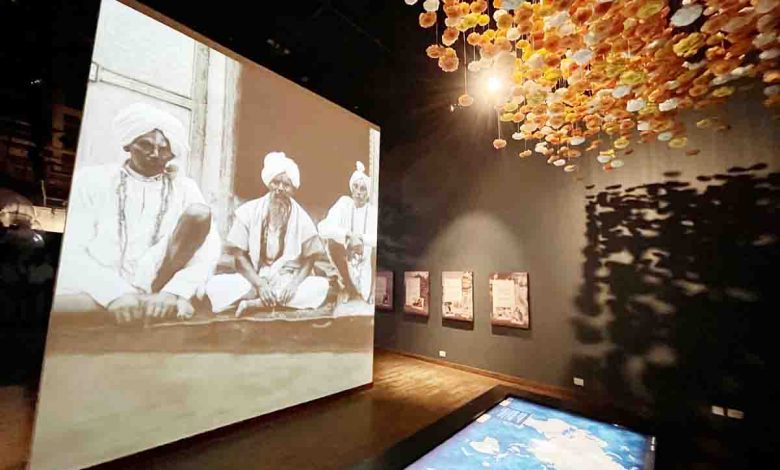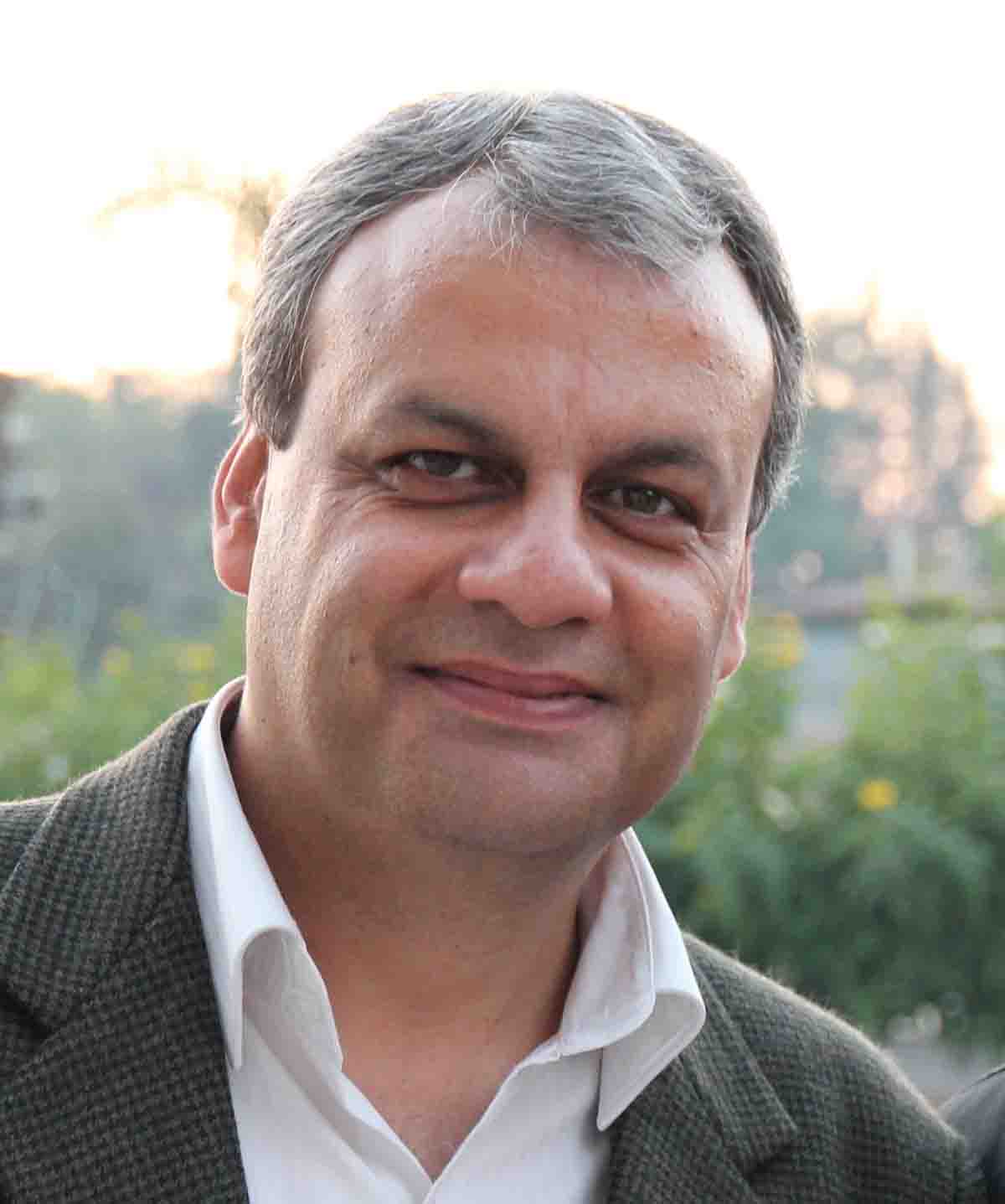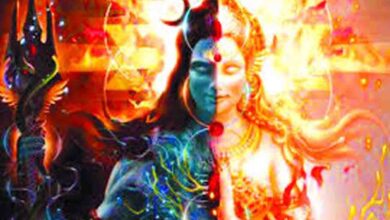Hillbilly : A museum for Dehra?

 Lokesh Ohri
Lokesh Ohri
What does one do when one arrives in Dehradun? Well, check into a hotel and visit the spots websites, v-logs and tourism brochures recommend. That is what most tourists do when they arrive in the valley.What if someone did not have the time to visit the entire State and yet wanted to understand the arts, culture and history of all the thirteen districts of Uttarakhand? Just go back disappointed, is what one could tell such a person.
A few years ago, the State of Uttarakhand moved out of its teens and became a full-grown adult. The State, none of us need reminding, was carved out of the State of Uttar Pradesh in the year 2000, after a prolonged agitation. Many people gave up their lives and several were scarred for life. But the protests continued because what was at stake was the idea of a cultural identity. So, if the State was created on the issue of cultural identity, the first thing one would expect it to do is to reaffirm it. What is befuddling is the complete absence of any cultural institution in the State even after 22 years of its formation.
The number of chief ministers the State has had is now a standing joke, but what is striking is that out of the so many, none could muster the vision and the resolve to build a museum that reflects the State’s prosperous history and culture. Museums, as rightly pointed out, are not only bridges to the past, but they are also gateways to the future, giving people pride in their history and culture, urging them to work towards a better future.
Having visited the Bihar Museum in Patna recently, one observed that the design aimed to create:
- The museum as expanse – a museum that reflects the many layers of Bihar’s history.
- The museum as a journey – a museum that reflects the memories and epic scope of the Bihar region.
- Museum as learning landscape – a museum that reflects Bihar’s educational needs.
- Museum as a symbol – a museum that reflects both India’s past and future.
Instead of a building that was compressed in floor area, Maki and Associates elaborated on the advantages of a dispersed scheme whereby the building was spread out and the surrounding landscape integrated harmoniously. This also allowed for the play of courtyards and terraces in the design, seamlessly alternating indoor spaces with outdoor. Wishing for the visitor to discover history by journeying through built spaces, the architects brought the Japanese concept of Oku to engage with the multiple layers of space. Oku creates a sense of anticipation and contemplation as visitors proceed from one space to the next. They have thus created a pleasurable and inviting experience, where stories of the past are enhanced by their adept and sensitive architectural philosophy. Every time you visit the museum, it will be a renewed experience. From the rush of the world outside, time slows down within the spaces, allowing you to delve deeply into the well of the past.
Building on the idea of a journey through the “cloisters” of Bihar’s memories, a variety of spaces open up to you: large and intimate, open and sheltered, indoor and outdoor. From this “macro-experience” the architecture allows you to get into the “micro-level” which allows a concentration into the exhibits. By creating contrasts in the exhibition spaces, the architecture breaks the monotony of the viewing experience. In-between, invigorating outdoor spaces like the Peepal Court, which is a triangular terrace and the Niranjana Aangan, which is a Buddha sculpture courtyard, bring natural elements to be integrated with architecture.The spaces divide galleries into different specialisations, also distinguishing the children’s gallery with its own orientation section. The architecture constantly works to enhance the feeling of wonder and belonging to allow the visitor to explore and discover. The environment is thus envisioned as a learning landscape, a place that creates a sense of calm that is conducive to education.
The museum as a symbol of Bihar penetrates the visitor’s consciousness by its uniquely juxtaposed forms and building materials. Iron has links to India’s ancient civilizations that thrived in this land and Maki has used weathering steel, also known as Cor-ten Steel, to enhance this symbolic connect with iron, industry and progress. The architecture of the museum thus works as a constructive shell for ordering the exhibits and to guide the visitor through a holistic process of learning and journeying through an expansive ground to discover the history of India and for each individual to connect with the greater symbolism.
Vision and mission of Bihar Museum-
The vision for the new museum is to be a world-class showcase for the ancient history and heritage of the lands now known as Bihar. It will be a destination for resident Biharis and also for domestic and international tourists alike.
The mission of the new museum is to celebrate this ancient past and to inculcate a sense of pride in modern-day Biharis.
(The writer is an anthropologist, author, traveler & activist who also runs a public walking group called Been There, Doon That? Views expressed are personal)






